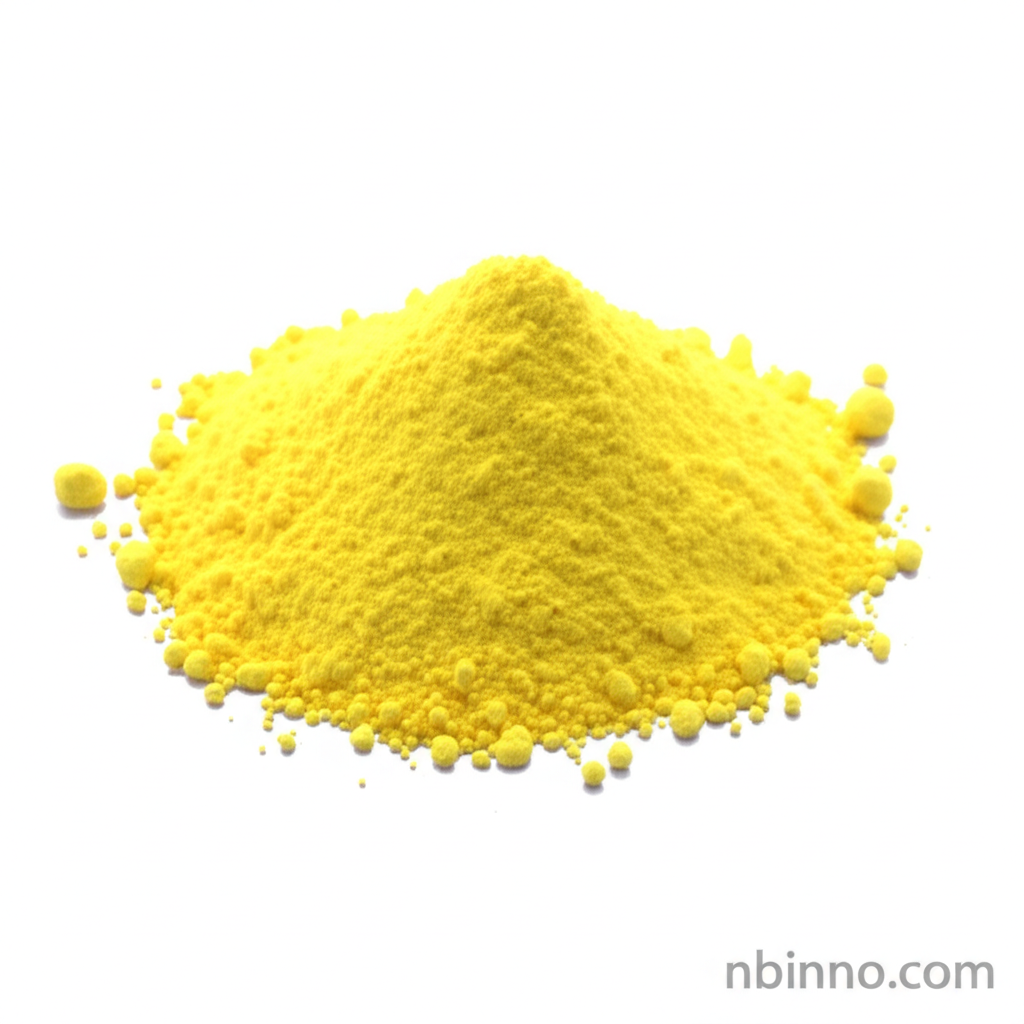4-Bromo-3-nitrotoluene: Properties, Synthesis, and Applications in Organic Chemistry
Discover the key properties, synthesis routes, and diverse applications of this vital organic intermediate.
Get a Quote & SampleProduct Core Value

4-Bromo-3-nitrotoluene
4-Bromo-3-nitrotoluene, identified by CAS number 5326-34-1, is a crucial building block in the realm of organic synthesis. Its precise chemical structure and reactivity make it invaluable for creating more complex molecules used across various industries, particularly in pharmaceuticals and agrochemicals. Understanding its 4-bromo-3-nitrotoluene properties is key to leveraging its potential.
- Explore the detailed 4-bromo-3-nitrotoluene properties, including its distinct yellow crystalline powder appearance and a melting point range of 31-33°C, facilitating precise handling in synthesis.
- Dive into the various synthesis of 4-bromo-3-nitrotoluene routes, understanding the chemical transformations that lead to this important compound.
- Investigate the wide spectrum of 4-bromo-3-nitrotoluene applications, from serving as a critical intermediate in pharmaceutical drug development to its role in crafting effective agrochemicals.
- Learn about the significance of its CAS 5326-34-1 organic intermediate status, highlighting its utility as a foundational chemical for further molecular construction.
Key Advantages
High Purity and Reliability
With an assay typically greater than or equal to 98.0%, our 4-Bromo-3-nitrotoluene ensures reliable and consistent results in your sensitive organic synthesis processes.
Versatile Reactivity
The presence of bromine and nitro groups on the toluene core provides versatile reaction sites, making it an excellent choice for various nitrotoluene derivative transformations.
Critical for Complex Syntheses
As a vital chemical intermediate, it plays a pivotal role in multistep syntheses, enabling the creation of sophisticated molecules for advanced applications.
Key Applications
Pharmaceutical Synthesis
Crucial for developing new drug candidates and active pharmaceutical ingredients, contributing to advancements in medicine.
Agrochemical Development
Used in the synthesis of pesticides, herbicides, and fungicides, aiding in crop protection and agricultural productivity.
Research and Development
An essential reagent in academic and industrial laboratories for exploring new chemical reactions and developing novel materials.
Fine Chemical Production
Serves as a building block for a wide array of fine chemicals utilized in diverse industrial applications.
